Frequently Asked Questions
1. What is the difference between Active Imaging sonar technology and traditional sonar?
Active Imaging sonar technology provides highly detailed high-resolution imaging sonar with improved resolution and range performance. It utilizes separate sonar elements for transmit and receive, allowing for faster ping speeds and higher image resolution. Traditional sonar, on the other hand, may not offer the same level of detail and range.
2. What are the operating frequencies of the Simrad Active Imaging transducer?
The Active Imaging transducer operates at either 800kHz or 455kHz frequencies, providing users with the flexibility to choose between high detail or longer range based on their specific requirements.
3. What displays are compatible with the Simrad Active Imaging transducer?
The Active Imaging transducer is compatible with next-generation displays such as the NSS evo3 and HDS Live (sold separately). These displays feature high-resolution IPS screens that show the full image, allowing users to observe the entire underwater environment effortlessly.
4. What is the maximum depth range of the Active Imaging transducer?
The DownScan depth range is up to 91 meters (300 feet), while the SideScan depth range is up to 91 meters (300 feet) at 455kHz and up to 46 meters (150 feet) at 800kHz. These depths provide users with a clear view of the underwater environment.
5. What mounting options are available for the Simrad Active Imaging transducer?
The Active Imaging transducer offers multiple mounting options, including transom, flush step, and jackplate mounting. This flexibility ensures easy installation and compatibility with various boat configurations.

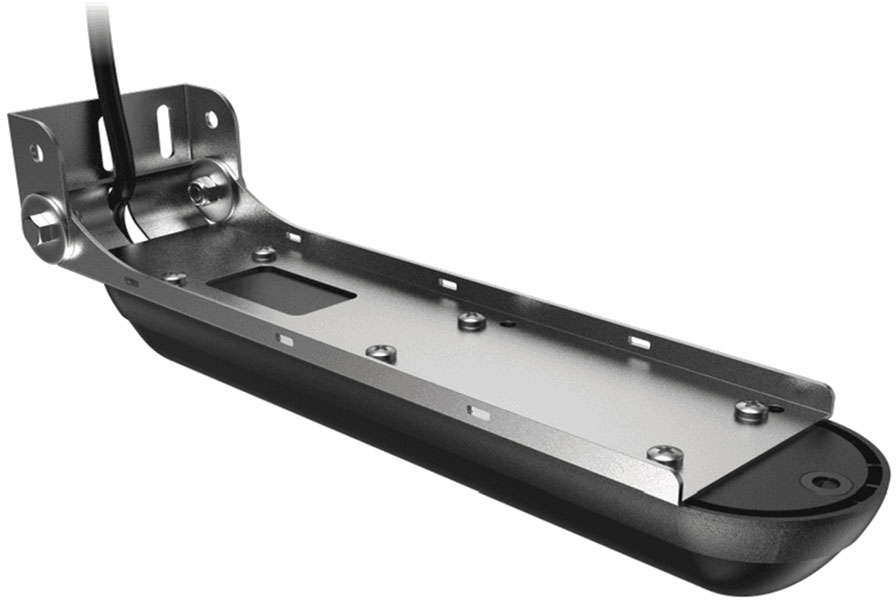
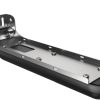

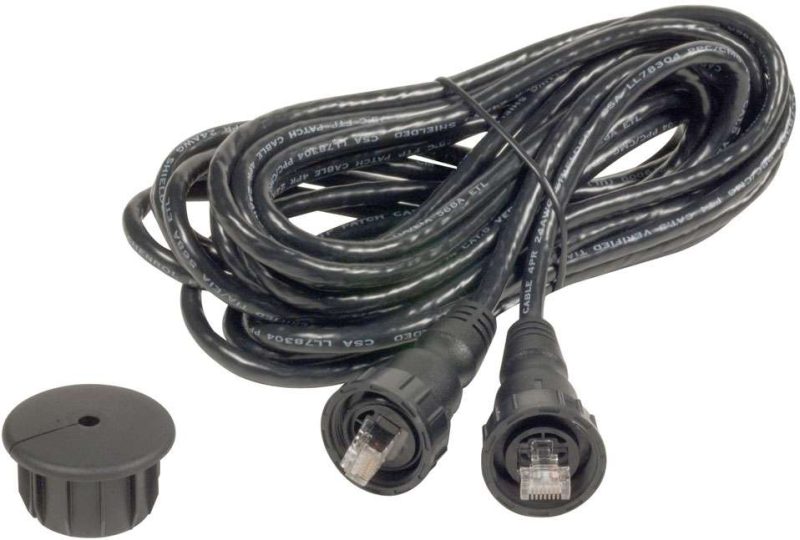

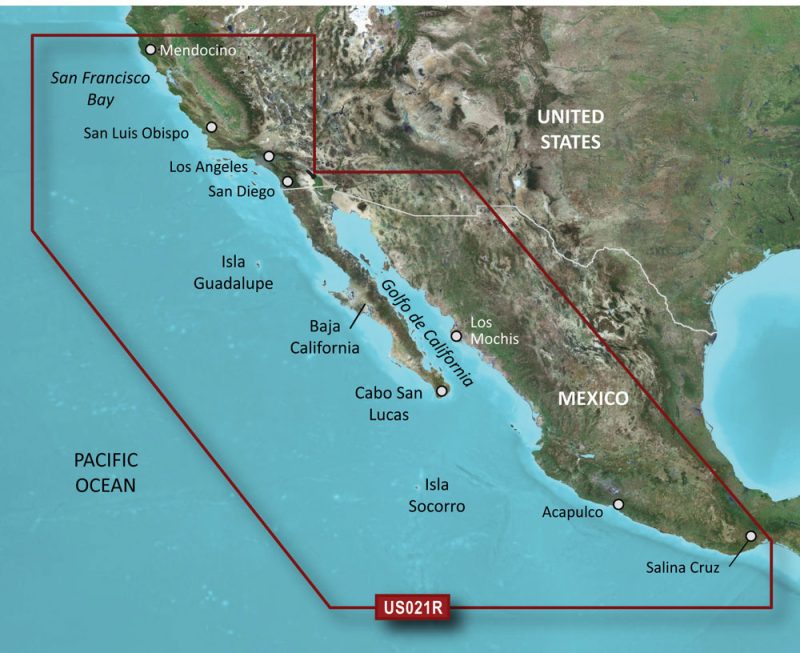
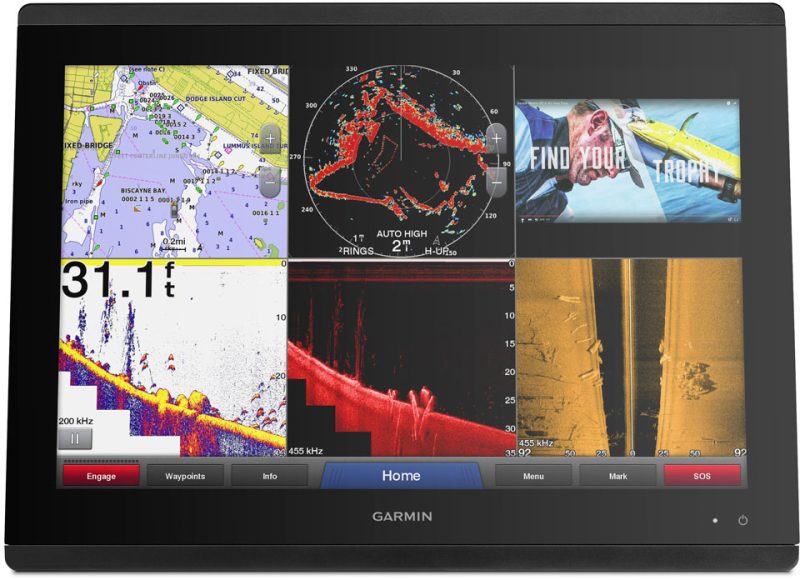

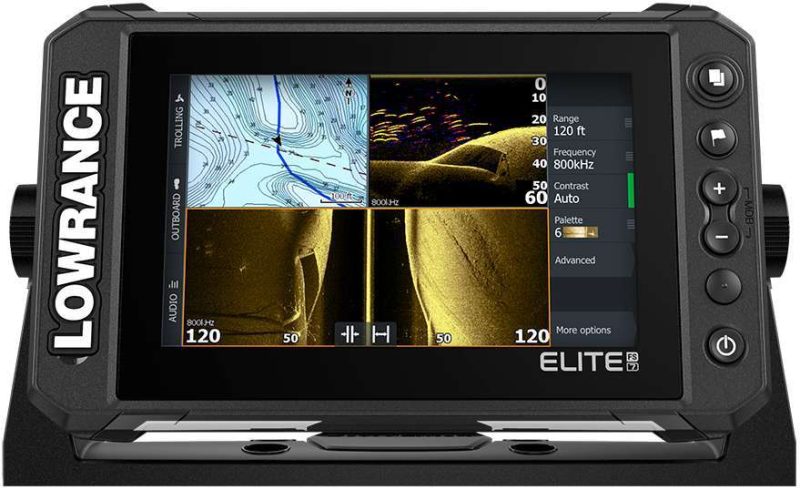

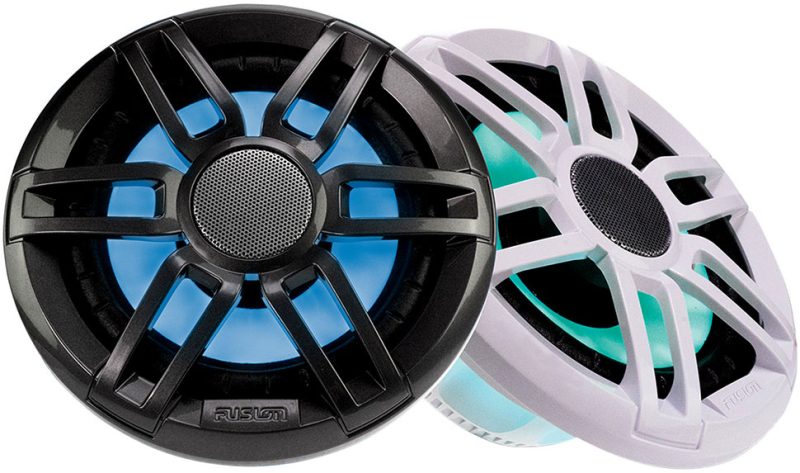
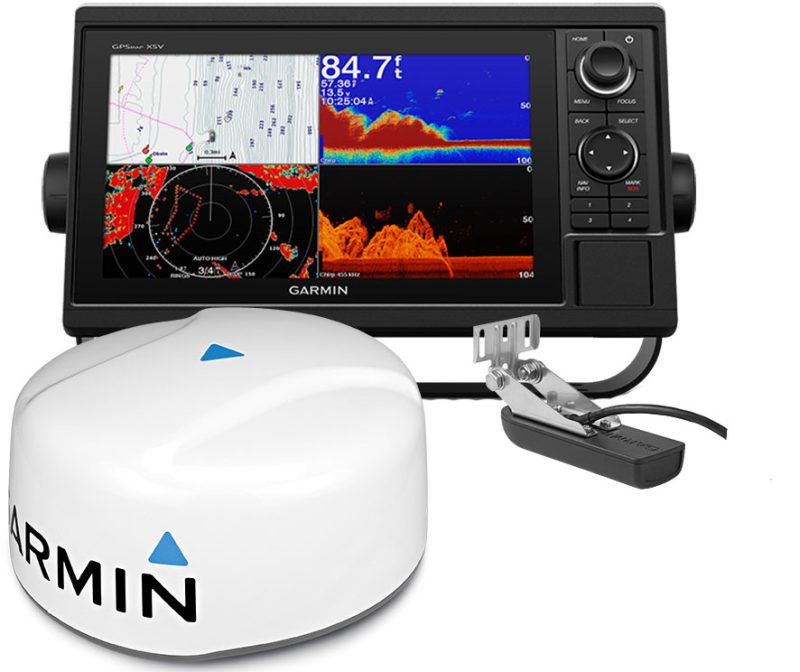
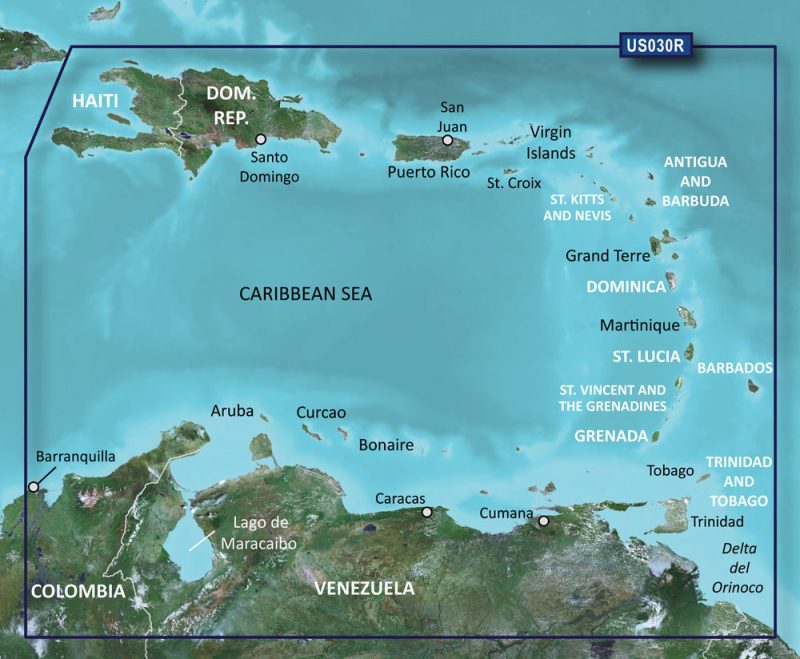
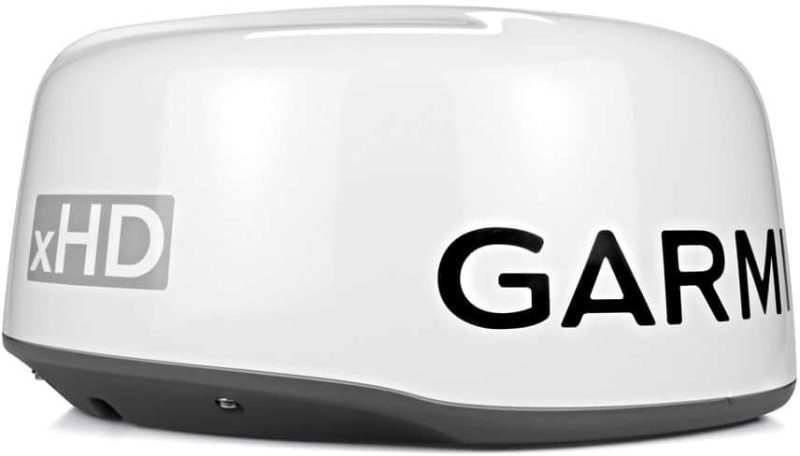
Hugh –
Coty –